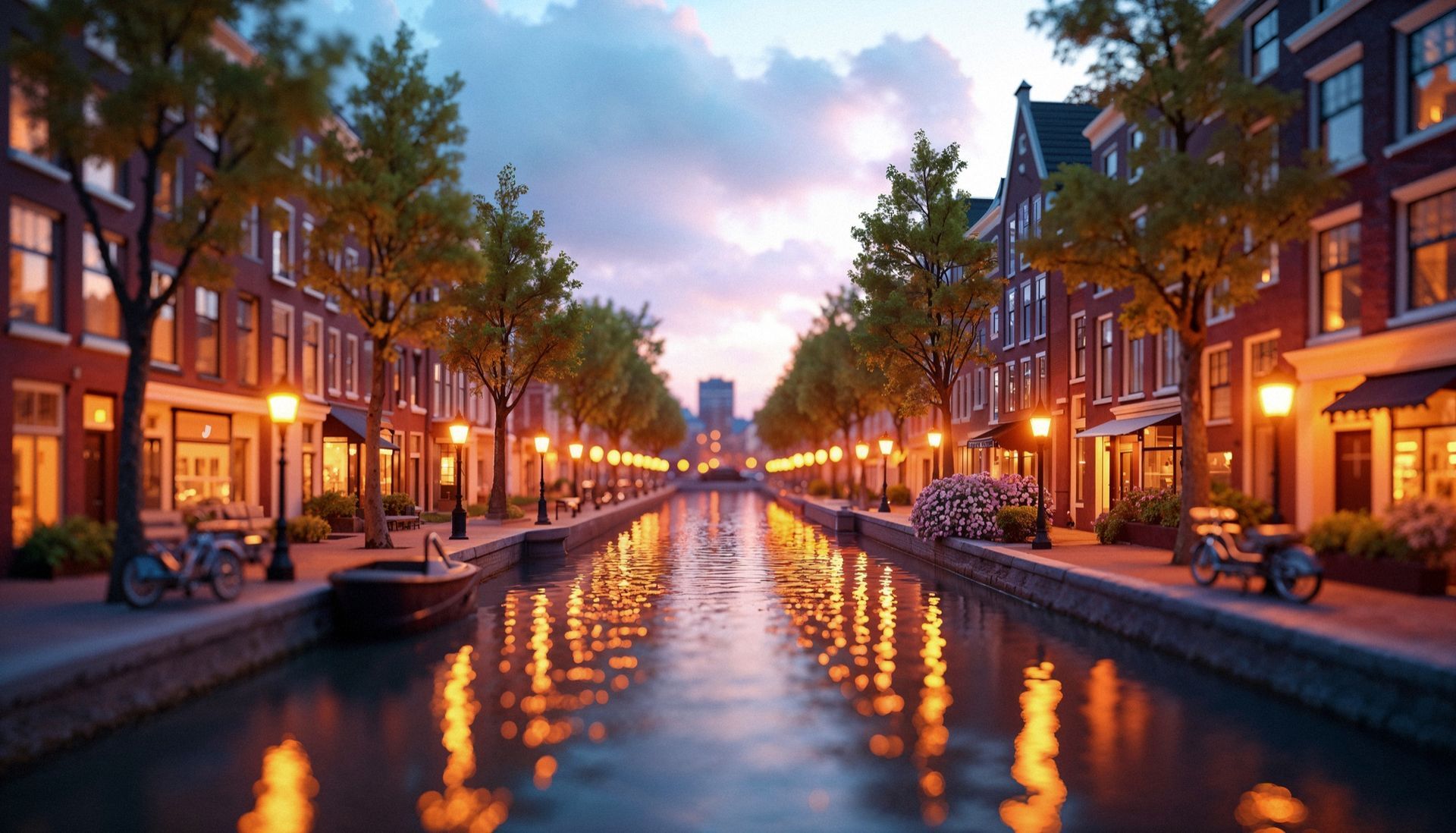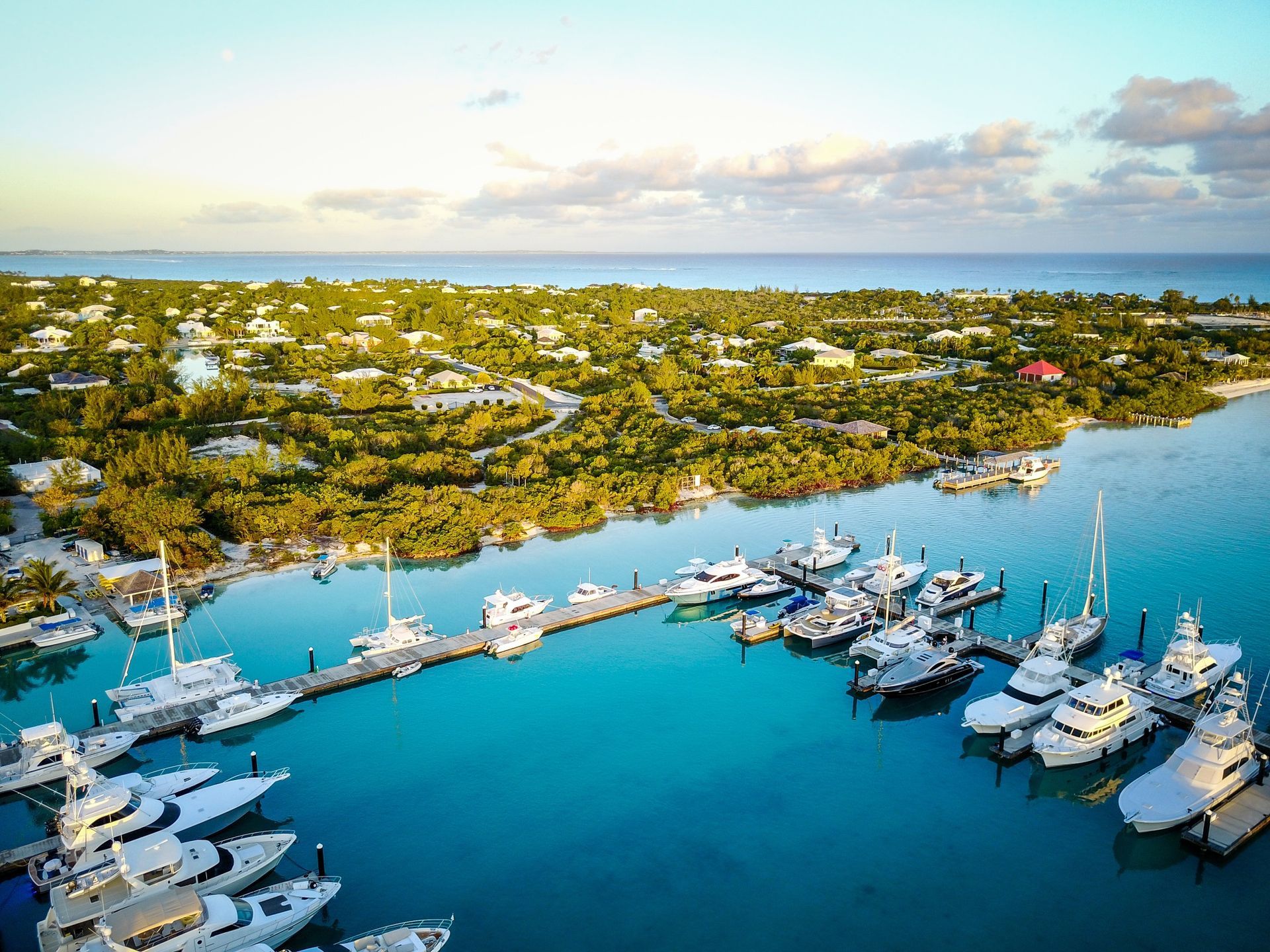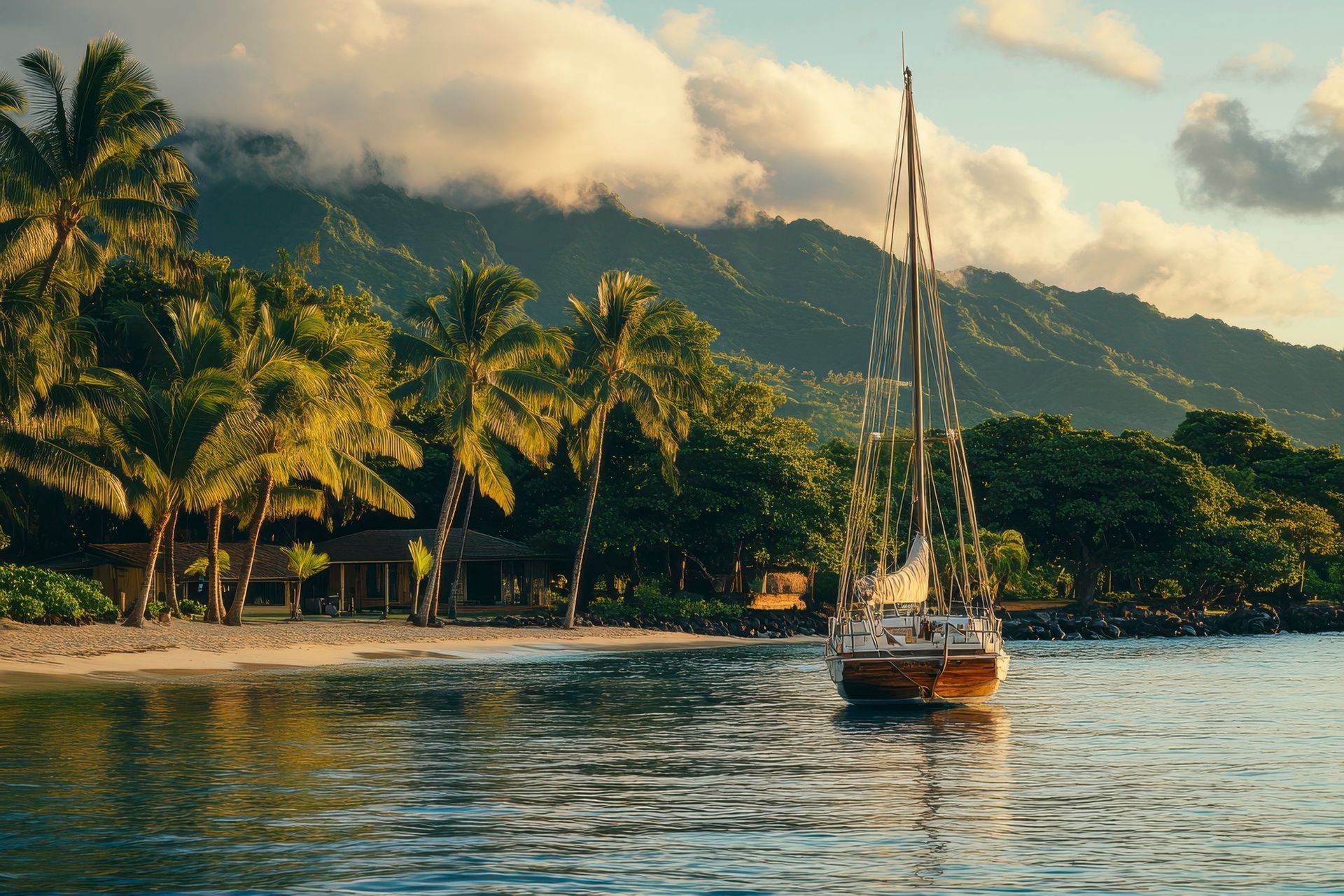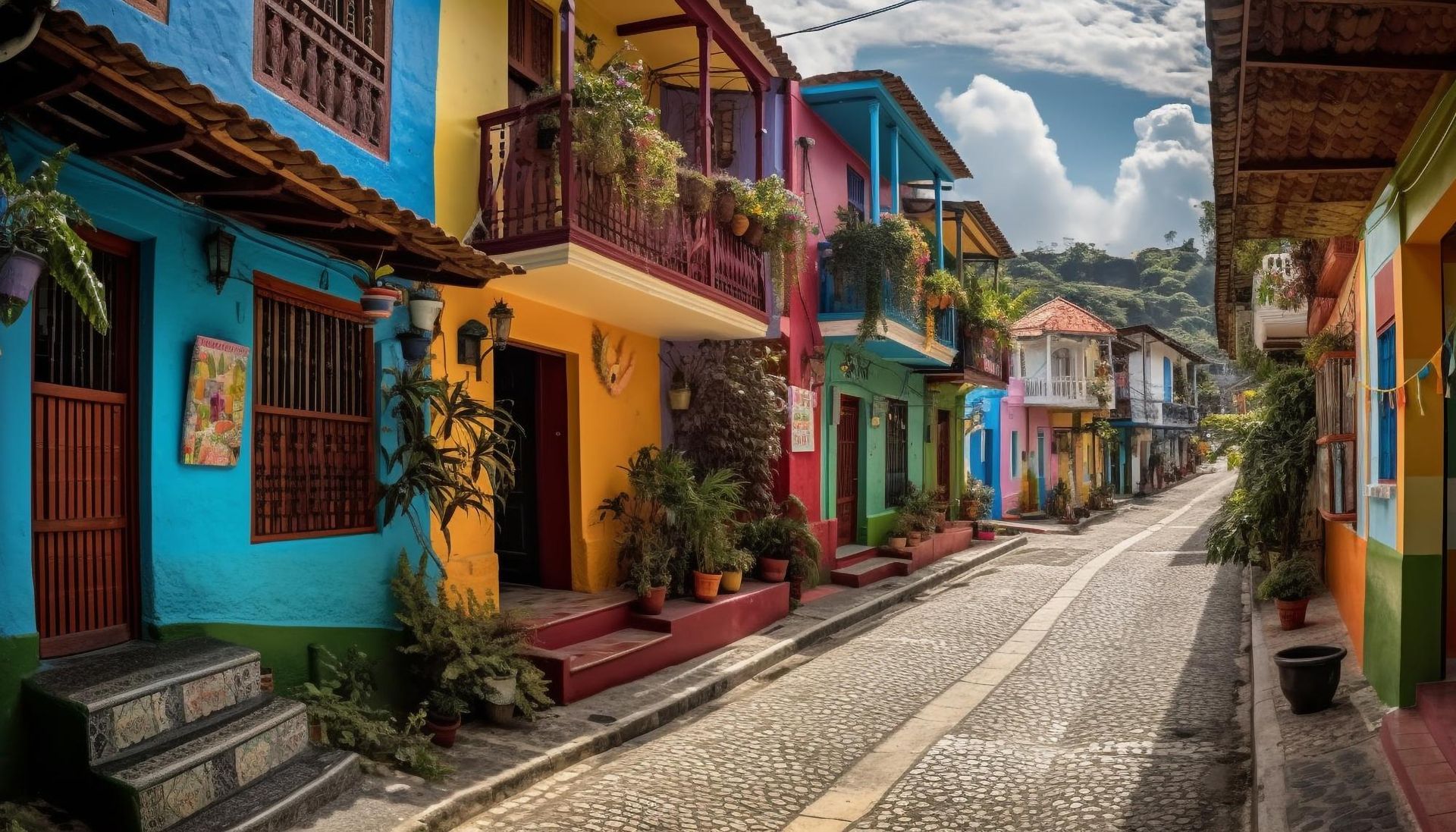Postcards from St. Augustine: This Florida Beach Town Hides Ancient Ruins Amid the Whitest Sands, Beckoning Families to Timeless Treasures
Where Coquina Waves and Colonial Echoes Weave Legacies Across Generations

Photo courtesy Allyssa Sayers
Shores of Sugary Legacy
Envision the clash of coquina waves on powdery shores, where Spanish galleons' ghosts mingle with children's laughter, and history unfurls like a sun-warmed blanket. You'll explore St. Augustine, Florida—the nation's oldest city, founded in 1565—a beach town where 42 miles of Atlantic coastline cradle white-sand havens, and ancient fortifications stand as sentinels to stories that bind generations. In this cradle of American roots, transformative travel means families—parents in their 60s, grandkids wide-eyed—reweaving threads of legacy amid ruins that whisper of explorers and resilience.
Dawn Dips in Timeless Tides
Fly into Jacksonville or drive from Orlando (an hour's jaunt), then settle into the rhythm of cobblestone streets and sea breezes. St. Augustine's beaches, like Anastasia State Park's sugary stretches, are family elixirs: calm waters for building sandcastles at dawn, the sun rising like a promise over the Matanzas River. You'll wade into Vilano Beach's gentle surf, the whitest sands (scientifically lauded for their silica sparkle) cradling your steps, a soul-stirring baptism that washes away the year's hustle. For families, this is magic—watching little ones chase foam, their joy a mirror to your own rediscovered delight, forging memories that outlast snapshots.
Forts and Freedoms Forged in Stone
The ancient ruins and historical connections are the heartbeat, immersive portals to the past. At Castillo de San Marcos, the oldest masonry fort in the continental U.S. (built 1672), you'll trace cannon-scarred walls where Spanish soldiers once stood guard, the coquina stone—local shell-limestone—softening the edges of conquest tales. Climb the ramparts for views of the Bridge of Lions spanning Matanzas Bay, then venture to Fort Mose Historic State Park, ruins of America's first free Black settlement (1738), where escaped enslaved people forged a community of defiance and hope. It's profound, this nature-nestled history—picnic amid the oaks at the Colonial Quarter, where reenactors spin yarns of Ponce de León's quests, helping families connect across centuries, questions bubbling like the nearby Fountain of Youth Archaeological Park's sulfur springs.
Trails of Tidal Wonder
Nature immersion blooms everywhere, light and wondrous for all ages. Kayak the Intracoastal Waterway from Vilano Beach, gliding past mangroves alive with ibis and manatees, the water's clarity revealing silver fish schools—a family flotilla of paddles and giggles. Hike Anastasia's trails to ancient dunes, where sea grapes rustle like applause, or bike the 4-mile Loop Trail, stopping for shelling hunts that turn kids into archaeologists. Humor sneaks in—a sudden squall sending everyone dashing, towels flapping like flags of surrender—reminding you that the best adventures are the messy ones.
Feasts of Southern Stories
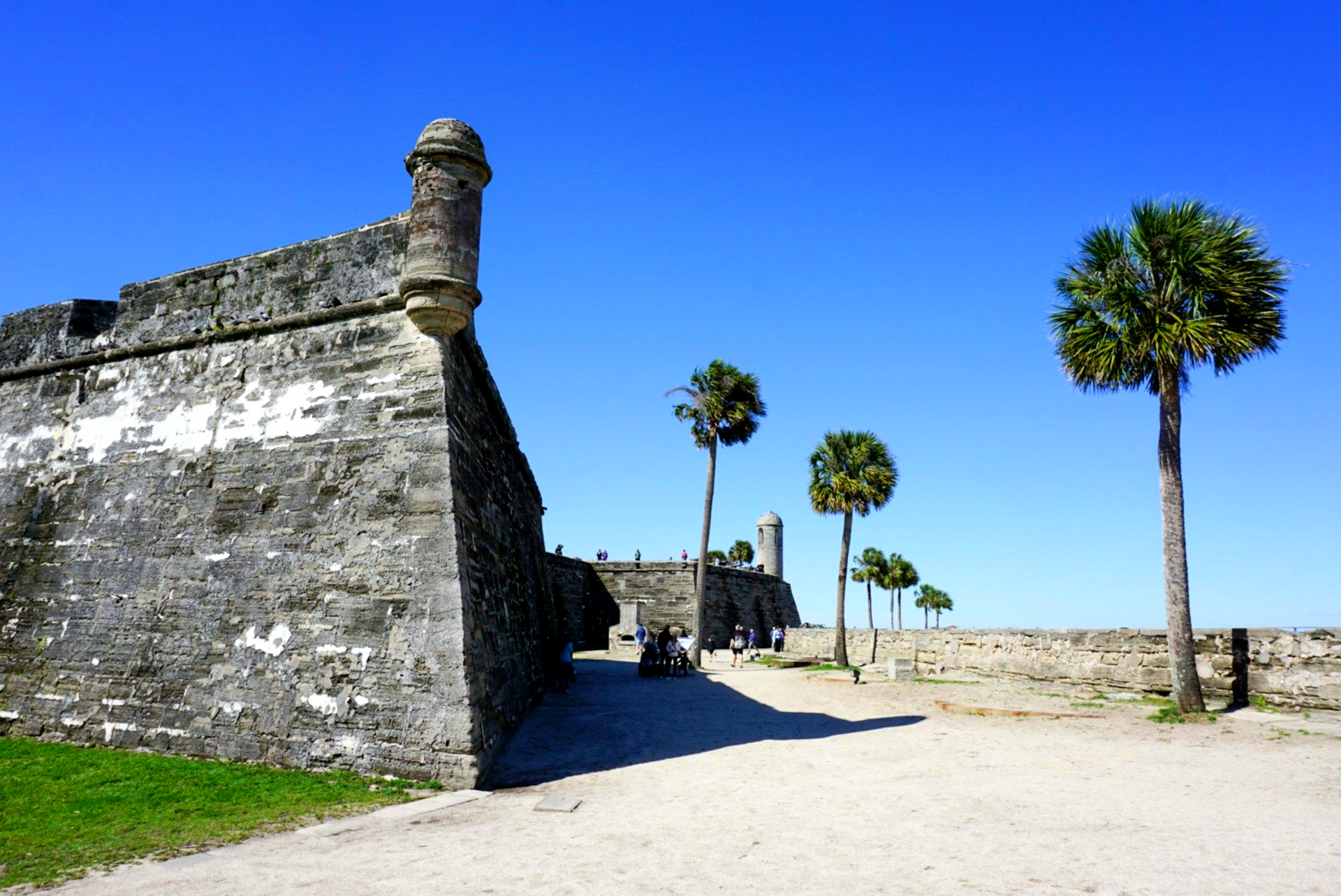
Photo courtesy Philip Davis
Culinary delights are casual feasts of discovery: Oyster catchers in Vilano for peel-and-eat shrimp overlooking the pier, or The Floridian for farm-fresh Southern fare like shrimp and grits, portions generous for sharing stories. Local tip: Sunset at St. Augustine Beach with ice cream from Dreamer's Ice Creamery, cones dripping as tales of the day's ruins unfold.
Stars Over Eternal Sands
As stars prick the velvet sky over coquina ruins, you'll gather on the sand, fireflies dancing like ancestral lights. St. Augustine isn't just old; it's alive, urging families to root deeper, love wider. This postcard from eternity calls: Answer it, and watch your story grow.
